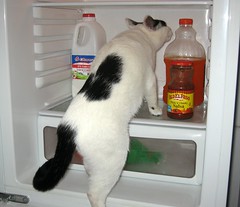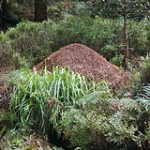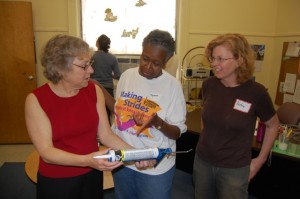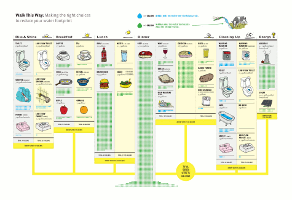 Having a tough time getting you or your loved ones to not stand in front of the fridge with the door open? While behavioral changes are almost always the cheapest and most efficient means of reducing consumption, there are some interesting technical solutions available in this area. You could try installing a curtain (opting for the thinner Mylar/polyester over PVC), or purchasing a chest refrigerator. This little known refrigerator format has the advantage of keeping the cool air inside (it sinks and stays trapped) while also providing a secondary work surface in a crowded kitchen.
Having a tough time getting you or your loved ones to not stand in front of the fridge with the door open? While behavioral changes are almost always the cheapest and most efficient means of reducing consumption, there are some interesting technical solutions available in this area. You could try installing a curtain (opting for the thinner Mylar/polyester over PVC), or purchasing a chest refrigerator. This little known refrigerator format has the advantage of keeping the cool air inside (it sinks and stays trapped) while also providing a secondary work surface in a crowded kitchen.
New fridge not in the budget? Well, you might be interested in this oldie but goodie which has recently sprung up again: “convert” a chest freezer into a chest refrigerator for about $60. Your custom fridge could end up running a whole year for the cost of one month of power for a typical refrigerator! (140 kWh/yr reported energy use, vs. 144 kWh/mo energy use for 17.5 ft3 frostless refrigerator/freezer) Of course, one disadvantage to this format is that you’ll need a separate freezer, but you should still end up far ahead.


 A little over a year ago
A little over a year ago 





